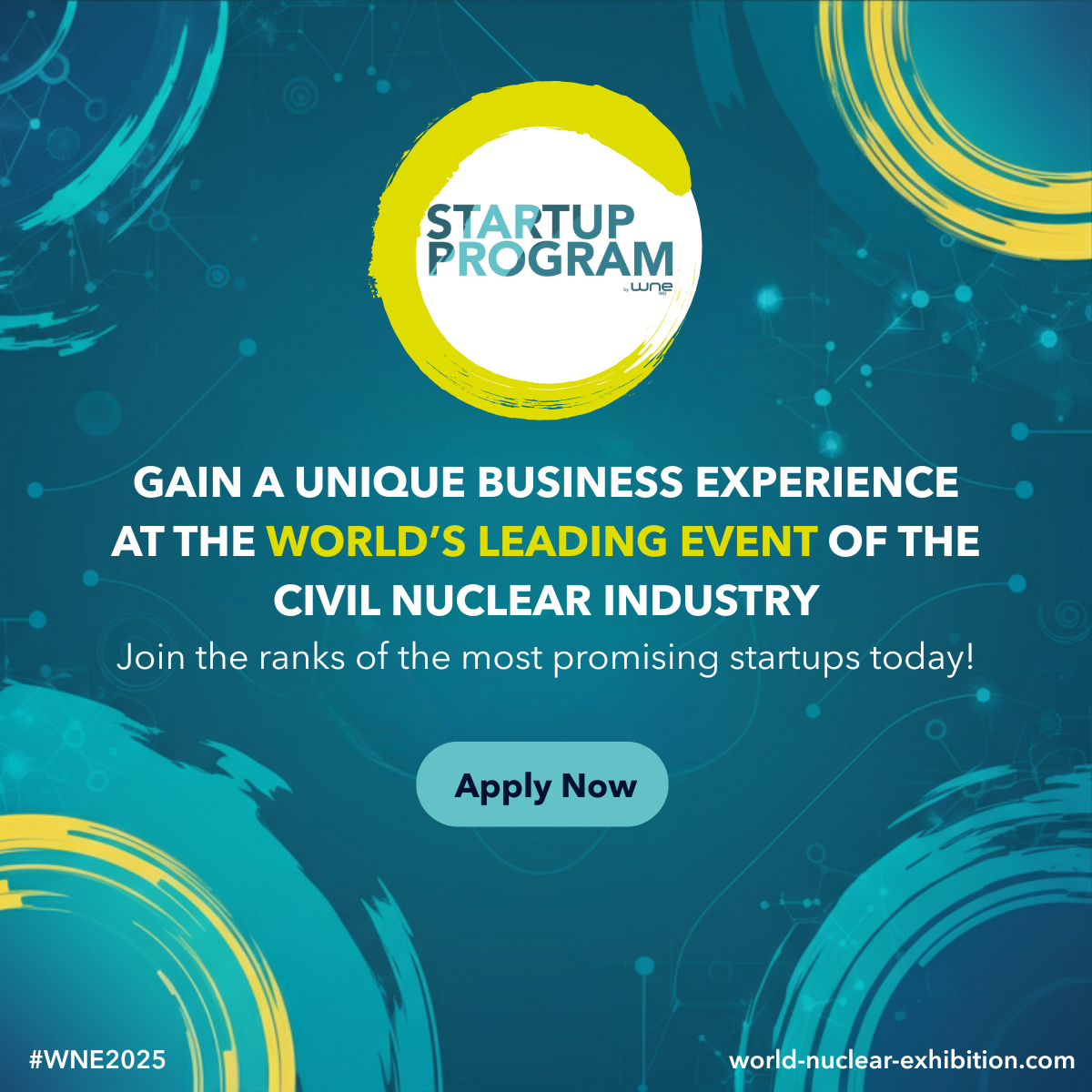Startups: Join US at WNE 2025 – Deadline June 30th
We’re excited to share that we’ve been chosen as the scouting partner for The World Nuclear Exhibition (WNE), the leading global event for the civil nuclear industry.
We’re helping identify the most innovative early-stage companies in the sector. If you’re building something bold in civil nuclear or a related industrial field, this is a rare opportunity to gain visibility, meet key players, and be part of a global conversation shaping the future of energy.
What’s in it for you?
Twenty selected startups will be featured in the official WNE program and will benefit from:
- A dedicated mentoring program during the exhibition to help refine your pitch, connect with partners, and boost visibility within the international nuclear community and media
- A booth in the Startup Village, right at the heart of the venue.
Who can apply?
We’re looking for startups that are








